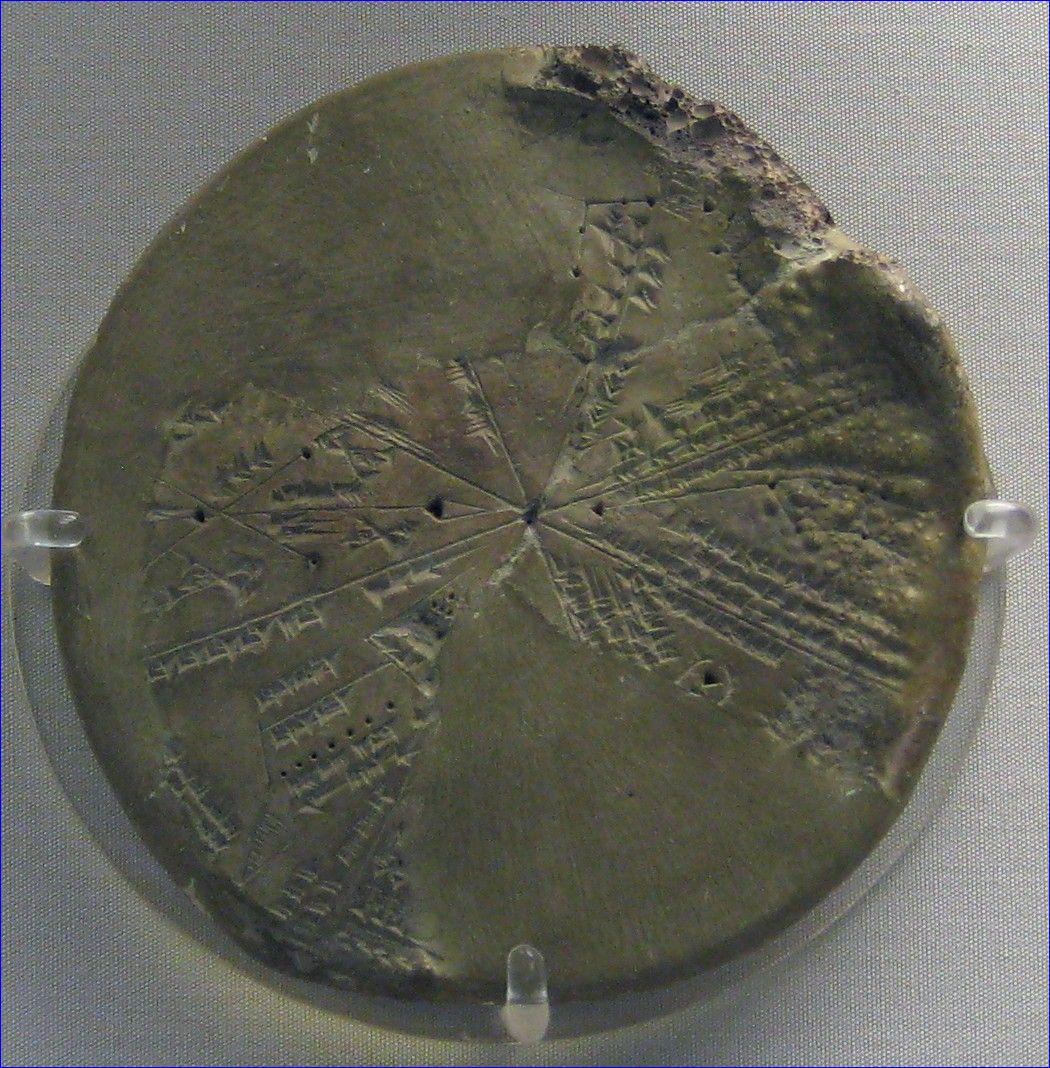


In 2008, two aerospace engineers claimed to have discovered a "new" natural disaster from around 3123 BC: a meteor impact. They claimed that the Sumerians recorded it, and that a tablet in the British Museum corroborates this. Are their claims true? If not, why?
In December 2008, two aerospace engineers self-published a book that would soon become controversial.
Mark Hempsell, a lecturer in astronautics from Bristol University, and Alan Bond, the managing director of Reaction Engines Ltd (an aerospace manufacturer), posited a theory: that an Ancient Assyrian tablet from the British Museum records a mysterious meteor impact that occurred around 3123 BC. This alleged meteor impact, called the Köfels Impact Event, landed in the Ötztal alpine valley of what is today Tyrol, Austria.
According to their theory, this event caused a heat downwash that traveled to the Levant, destroying the cities of Sodom and Gomorrah. In Sumeria (a land located in Mesopotamia between the Tigris and Euphrates Rivers), a scribe wrote down the meteor impact event. Then, an Assyrian scribe copied this account at a library in Nineveh.
While this story might sound plausible at first pass to some, there are glaring historical and scientific errors in this line of reasoning, leading most credible scholars to disregard this theory. What were some of these errors?
What Happened At Köfels Thousands Of Years Ago
The first major error is in the supposed "meteor impact," the crux of this theory. Unfortunately for proponents of the Köfels Impact Event hypothesis, what happened at Köfels so long ago wasn't a meteor strike. It was a landslide, according to research.
Not only was this "meteor strike" not a meteor at all, but it didn't even happen on the date this theory proposes. Instead of 3123 BC, like Bond and Hempsell posit, scientists say that the landslide happened around 9800 years ago, or ~7800 BC. How do they know this? The reason is bits of prehistoric wood.
When the landslide happened, it buried the vast alpine forests. Luckily, scientists could recover samples from this buried, long-forgotten, and rediscovered forest. From these samples, they were able to take radiocarbon dates during studies and discovered that the event happened around 9,800 (+/-) years ago, which translates to 7800 BC.
This means that the event would have happened thousands of years before the advent of the Sumerians (~4000 BC). Even though the Sumerians are one of the world's oldest civilizations, they're still too young to have recorded such an event.
Tragically, not only do the dates not match, but the geographic location doesn't match either. Sumeria is located in the Middle East, while Köfels is in Central Europe. From Sumeria's first city of Uruk, that's a 2,137-mile difference.
How would the Assyrian tablet be explained if the Köfels Impact Event wasn't a meteor but a landslide instead? The answer is that the two aerospace scientists misinterpreted or misconstrued (likely accidentally) the data they had collected.
The Assyrian tablet, housed in the British Museum, is known to scholars as K. 8538 and CT 33,10. Some have given it the nickname "the Nineveh Planisphere," by which it is known to the public.
The tablet is disk-shaped and has two distinct sides: a flat side and a curved side. It measures 5.5 inches in diameter and has a thickness of 1.2 inches. Sir Austen Henry Layard first discovered it at the archaeological site of Kouyunjik, Iraq.
In ancient times, this land-locked city on the Tigris River was called Nineveh, and it was the bustling capital of the Neo-Assyrian Empire. The tablet's contents are dated to the 3rd/4th of January 650 BC, indicating that the text would likely have been written around that date. After being written, the Planisphere was put in the Library of Ashurbanipal.
Only 38 years later, the tablet would be buried beneath the sands of time. In 612 BC, the library where it sat was destroyed. The entire city of Nineveh was attacked by the Babylonians, Scythians, and Medes, leading to widespread destruction.
Although great tragedies like this have doomed other ancient libraries (like the Library of Alexandria), the library at Nineveh was ironically preserved by the destruction. How can a library be preserved by such an event? The reason lies in the material of the texts. Instead of writing on paper, the Ancient Assyrians wrote on clay tablets. When the library burned, the unfired clay texts were baked, like pots in a kiln.
What Does The Assyrian Tablet Show?
What Bond and Hempsell got right is that the tablet is indeed astronomical. The tablet shows constellations arranged in a circle with eight 45-degree segments, all accompanied by cuneiform inscriptions. Where they falter is in the meaning of those inscriptions.
The text doesn't describe a meteor impact. It simply describes the various constellations in the night sky on a very specific date: the night between the 3rd and 4th of January 650 BC.
Like the Köfels landslide, this line of reasoning has a huge chronology problem. The Sumerians never recovered after being enveloped by the Akkadian Empire around 2200 BC, and thus were no longer around to record the night sky on January 3rd, 650 BC. There's no plausible way that this tablet could be a copy of a Sumerian original.
Ultimately, this tablet shows ancient constellations and where they fell in the sky on a specific date. The tablet does not record a meteor impact event that happened 7,000 years before its inception. The Nineveh Planisphere doesn't puzzle scholars. While this object certainly has much to tell scholars, its purpose is well-known.

or register to post a comment.